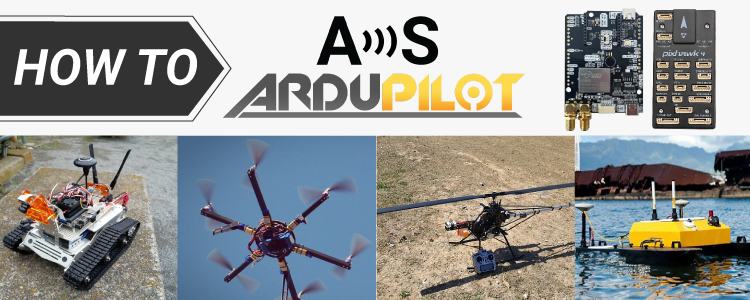Autonomous ground robots
Guide autonomous ground vehicles in real time using centimeter-accurate GNSS data
Autonomous ground robots
If you’re building an autonomous robot — whether it’s an agricultural robot, delivery robot, lawn mower, marking robot, or marine robot — choosing the right platform is key to speeding up your project.
By platform, we mean the choice between building a robot based on Arduino, ROS 2, or using ArduPilot. The first step is to decide which platform best suits your needs. To help you understand the differences, we’ve prepared a guide: Land, sea, or air robots: how to choose the platform for project with GPS. Based on years of experience supporting customers, we’ve outlined several common use cases and matched them with practical tutorials.
I am developing an autonomous vehicle to follow waypoints
If your robot needs to follow a pre-planned route and optionally requires roll and pitch data — which is especially useful for marine vehicles affected by wave motion and for drones affected by wind— we recommend using ArduPilot with Pixhawk autopilots.
This type of hardware removes the need for custom programming and provides a configurable autopilot with built-in mission planning tools. With ArduPilot, you can move from concept to working prototype quickly, even without deep programming knowledge.
I am developing a commercial robot with multi-sensor
If your robot needs to perform real-time tasks—such as avoiding obstacles, detecting insect-affected areas for spraying, or identifying low-humidity zones for precise watering—it will require more powerful resources to process data from multiple sensors simultaneously. This means you’ll need a more capable onboard computer (e.g., NVIDIA Jetson, Raspberry Pi), integration of additional sensors (LIDAR, cameras), and the use of the ROS2 platform, along with strong programming skills.
ROS2 is the most powerful and flexible platform for this type of project. It supports real-time communication between different system nodes, offers fully customizable autonomy, and is highly scalable, making it suitable for commercial applications.
To help you get started with your ROS2–based project, follow our tutorial: How to Integrate a GNSS/RTK Receiver into ROS2.
I am developing a lawn mower
Good news — the hardest part has already been done by others. Let us introduce you to OpenMower, a project aimed at simplifing robotic lawn mowing through open-source collaboration. What began as a student project has grown into a community-driven initiative with affordable hardware, advanced features:
- Autonomous lawn mowing ensuring a neat and even cut.
- Emergency stop features for good safety.
- Supports operation across multiple mowing areas without the need for perimeter wires.
- More affordable than mid-range commercial models.
- Open Source: Committed to sharing knowledge and enabling others to build their own OpenMower.
- The web app interface allows easy setup, control and management of the mower
Since everything is well documented by the community, you just need to get hands-on to understand how it works. Interested in joining the Open Mower project? Explore the resources below to get started: OpenMower: Open Source Robotic Lawn Mower With RTK.
Don't find your use case? Contact us!
Are you dealing with a use case not listed above and unsure if this technology is right for you? Just contact us — a real person (not AI) will answer you within 24 hours!
 and
and 



